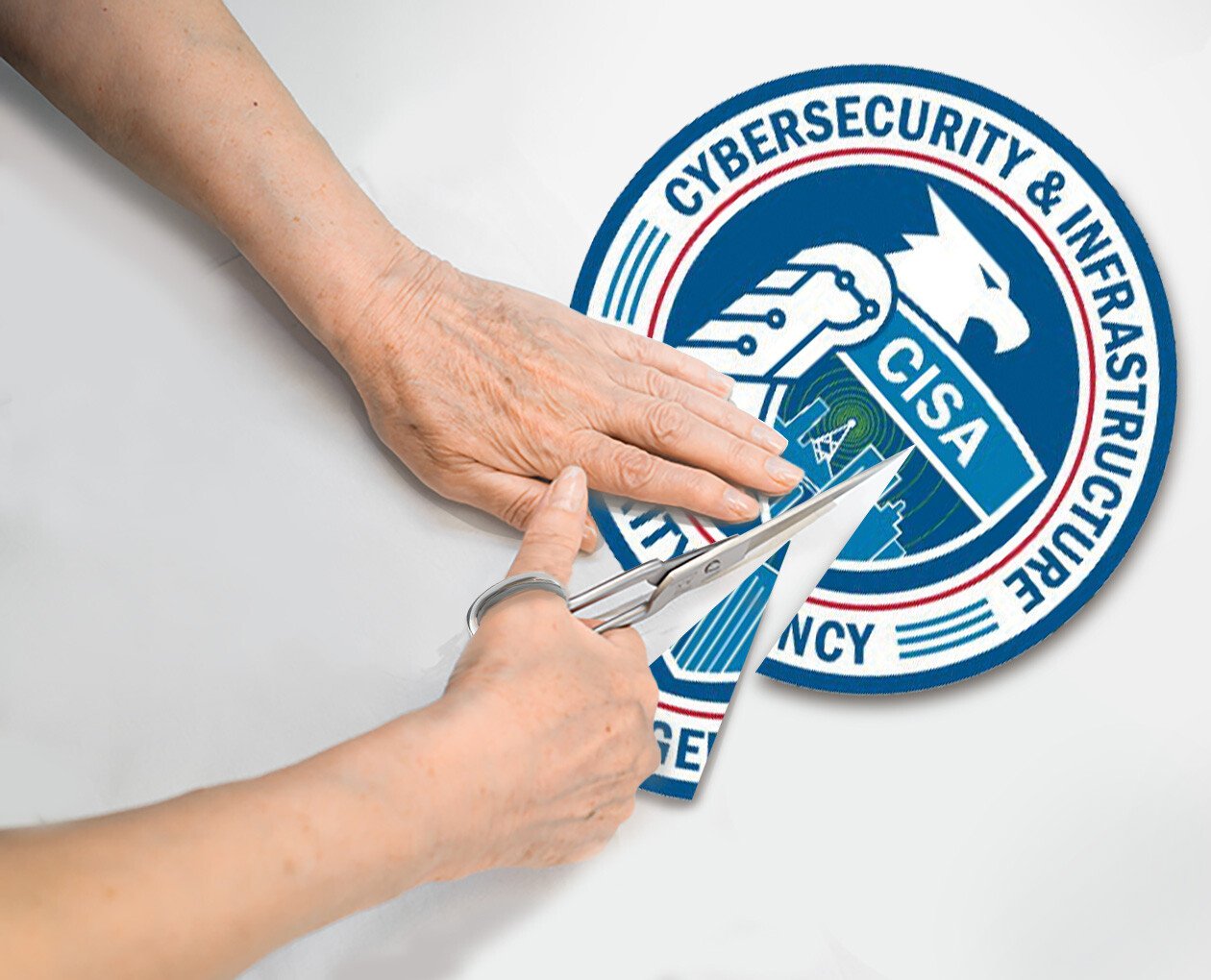Browsing the web these days comes with a bombardment of targeted ads. They can leave you feeling like certain entities know way too much about you by eavesdropping on your conversations and stalking your movements behind the scenes. And to an extent, we have agreed to this status quo.
However, location tracking for many is seen as a step too far, presents a lot of additional risks, and requires a little thought to determine whether the benefits outweigh the invasion of privacy and potential dangers. That said, let's explore this spectrum of aspects and discuss how to manage and optimize the way it works.
Location tracking mechanics
Most of us tend to scroll quickly through countless user agreements in fine print and blindly accept cookies to access what interests us at any given moment. In the aftermath of this intricate consent grant loop, we aren't likely to escape various forms of tracking going forward.
Geofencing is one prime example of technology that leverages data about one's precise whereabouts for highly targeted e-marketing. In plain words, it's a source of those quasi-accidental ads from a store appearing as you walk right by it.
While this may seem like somewhat scary serendipity, it's nothing but calculus at the core of an increasingly lucrative industry. A headline-grabbing geofencing services provider Radar, for example, has raised more than $80 million since it splashed onto the scene in 2016, which showcases the demand for such technology across the global business ecosystem.
Pretty much every modern computer and smartphone has some sort of real-time geolocation sensor on board to collect data and share it with a variety of domains. Let's look at the metrics used for this.
Types of tracking technologies out there
- Global Positioning System (GPS):
The most widely used form of geolocation technology that uses satellites to broadcast precise times and locations. GPS is accurate to within 33 to 330 feet. - Wi-Fi positioning:
Determines a device's location via its Received Signal Strength Indicator (RSSI). - Cellular location positioning:
This is less accurate than the GPS as it locates devices based on the triangulation of where it is between local cell towers. - Bluetooth location positioning:
Bluetooth is restricted to short-range communication, but it provides a very precise indoor positioning where GPS falls short. Location is determined using fixed BLE Beacons or Geobeacons. It has an accuracy of three to six feet. - Radio frequency identification (RFID):
This is a static location logging method that pings radio frequencies to identify the location of devices.
Weighing the pros and cons of location tracking
Targeted ads and location tracking provide benefits to users and companies alike, and for the most part, they aren't intrusive enough for us to opt out. But for those who value privacy, there is much to weigh up.
Benefits
- Easy navigation:
Location services can give you real-time directions for maps, local traffic updates, and weather predictions, thus making itineraries easier. - Personalized ads and services:
Location data can be harnessed to recommend nearby goods and services and advertise relevant products. - Safety features:
Features such as Apple's Find My or Google's Find My Device rely on location data, and emergency services can access it to help in times of need.
Risks
- Privacy:
Having your movements tracked is invasive and with data brokering, you have no way of knowing who gets hold of these details. - Profiling:
Online activities give away secrets, lifestyle information, and preferences; when paired with location data, can provide third parties with a detailed social or political profile that could be exploited down the road. - Potential data theft:
Without up-to-date security measures in place, your data could end up in the hands of hackers and cybercriminals.
A double-edged sword
In an ideal world, the intention of gathering our locations is to tailor advertisements and step up users' safety. In practice, things can get much shadier.
Regulatory bodies such as HIPAA are concerned with shielding sensitive data. Still, the window into our lives provided by location tracking can even risk our non-sensitive data being used for some pretty shocking things. An old but scandalous example is when healthcare companies in Boston used targeted geofencing advertisements to discourage pro-choice women from aborting.
Location tracking is not as black and white as weighing up a list of benefits and risks, and more and more cases are emerging where transparency is a real concern. Something that might be considered a benefit is the tracking of criminals, which has featured in the news a number of times in recent years.
On the surface, it sounds great because it insinuates that dangerous individuals who should be kept behind bars will no longer be able to outrun the arms of the law. However, you have to keep the bigger picture in mind as this encroaches on freedom as a concept and could be abused.
Surveillance of this kind violates Americans' Fourth Amendment rights and was argued to have done so in a 2020 border agency situation. Fortunately, location isn't accurate enough yet to feasibly provide all the details, yet the feds are demanding it, and companies such as AT&T and T-Mobile are providing it.
The consequences of involuntary secret sharing
There is plenty of food for thought when it comes to location tracking. It's not only about someone finding out where you bank, shop, or spend vacations to chase you around with targeted ads, or worse, to give criminals the information they need to rob you blind.
The right to privacy is important, too. There are plenty of us who don't want certain secrets shared, as was the case for a priest who was outed via his location tracking data when a religious publication managed to access his Grindr account.
Then there are exceptional circumstances to think about, such as witness protection or those trying to escape abuse being tracked to a shelter or another country. The boom in this technology has also raised sex trafficking concerns and potentially huge risks to children from predators accessing location data being transmitted from devices to parents.
On the other hand, location data is necessary to protect your identity. It can be used as an authentication measure by businesses to ensure the user is who they say they are and to spot suspicious activity.
The degree to which your location is tracked depends on the type of device and how it functions. You can configure most devices to track less, and for some apps and software, you can disable it altogether.
Understanding the frequency can help you calculate how to manage your location settings. The frequency of how certain devices track your whereabouts can be broken down into four categories: constant, frequent, periodic, or on-demand. Here is an overview of each:
Constant tracking
Smartphone operating systems use constant location tracking at a system level running in the background unless disabled. However, if you disable them then features such as Android's Emergency Location Service and the above-mentioned Find My become obsolete.
Apps such as Google Maps also run constantly to provide real-time navigational directions and re-route on the go according to local conditions and traffic updates. Smartwatches and wearable fitness trackers also rely on a constant location data stream.
Frequent tracking
A variety of apps on devices track your location in the background to provide local news and weather updates as well as targeted advertisements. This extends to popular services such as Uber and many e-commerce apps such as food delivery services or shipping that provide parcel tracking in real time.
Periodic tracking
Social media will periodically retrieve your location to tag posts or disperse your content with location-based filters. Some smart home IoT devices also rely on tapping into your location for automated functions.
On-demand tracking
On-demand tracking refers to websites and services that ask permission at the moment to access your location.
How to manage your location data
Striking a balance is tricky if privacy is important to you. But with device types in mind and the frequency, you can make an informed choice when it comes to specific apps and the access they have to your location, thereby making the pendulum swing in your favor.
First things first, think about the purpose and how relevant it is to your needs. Regularly review app permissions, evaluate the necessity and adjust your privacy settings accordingly. In the case of apps and services that track non-stop, you can usually configure them to only switch on and off while they are in use.
If you really want to keep your location private, then use a virtual private network (VPN). It routes your traffic and transmissions through numerous secure servers worldwide making it appear as though you were elsewhere. This makes it difficult to keep track of where the user is logged in from, and as a bonus, also provides access to region-locked content.
It's not just surveillers and advertisers that it protects you from either. Encryption keeps all your data safe from hackers reducing the odds of falling victim to cyberattacks.
Location tracking technology offers significant benefits but also poses notable risks to privacy and security. Ultimately, a balance has to be struck between the two, and users must be given the right to opt out of invasive tracking.
There are numerous advantages for companies buying and selling this data, and users can benefit from a tailored internet experience. Yet, it might not appeal to everyone. The downsides can be minimized by understanding and optimizing your configuration or using tools such as in-browser VPNs to hide or change location on Chrome, etc.
Also, if you are truly concerned about the profile you are painting, you can always consider leaving the house without a device in hand from time to time.





